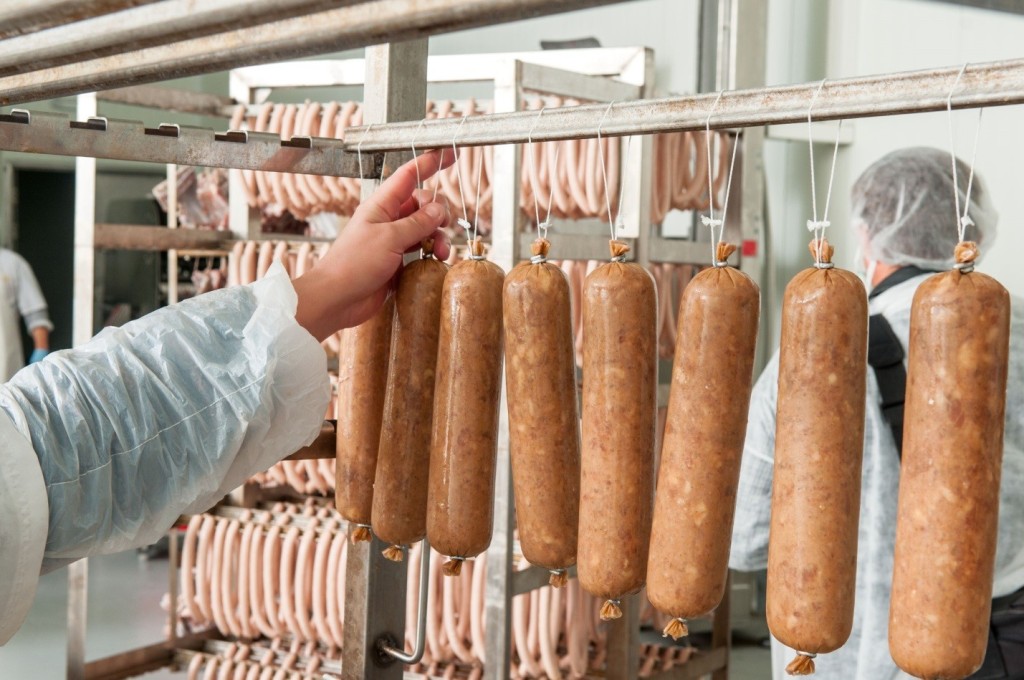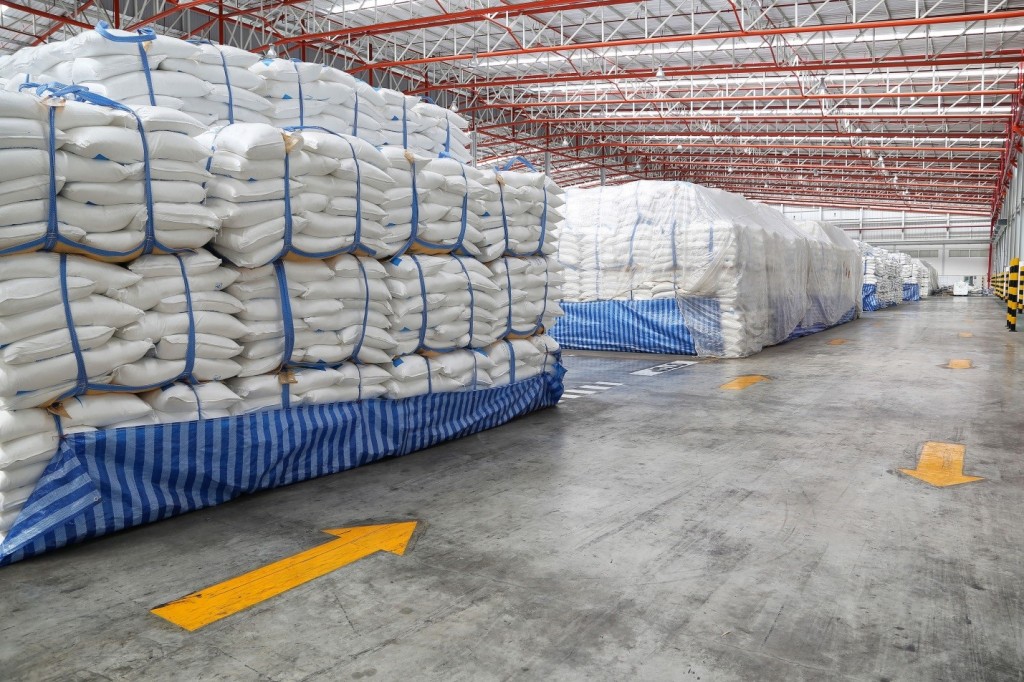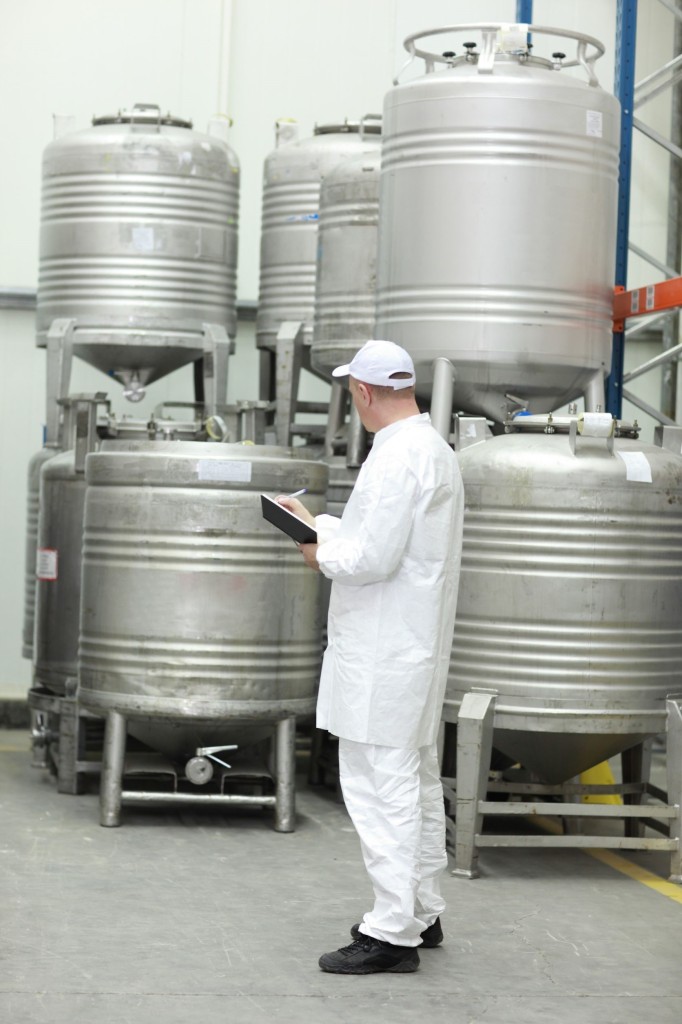The Importance of Preventing Foreign Material Contamination of Food Products

Food processors are mandated by the law to manufacture safe foods. By definition, a safe food is a product that contains no physical, chemical, or biological hazards that if ingested could harm consumers and result in their illness, injury, and death. Many times, however, despite food processors’ efforts of implementing plant-wide protocols for detecting and preventing contaminants, extraneous objects or foreign matter find their way inside food products.
It is generally agreed upon that the most common methods of introducing physical hazards into food processing plants include those:
- Introduced from the field (stone, metal, insects and small animals, vegetable matter, etc.)
- Resulted from processing and handling (metal, glass, wood, grease, paint, rust, etc.)
- Introduced during distribution (insects, metal, stone, dirt)
- Intentionally placed in food products (via employees)
- Miscellaneous materials (struvite and other such mineral deposits)
Other examples of extraneous materials include shell fragments, pit fragments, cleaning equipment (bristles, sponges, cloth), packaging materials, elastic bands, medications, band-aids, glove fragments, pencils, jewelry, keys, and paper clips.
Pests, Most Unwanted Foreign Bodies
The presence of extraneous objects in food products has always been unacceptable, but that of pests such as rodents, ants, flies, cockroaches, birds, and wildlife is especially frowned upon. In food processing environments, pests infestations can put your customers’ health and business reputation at risk by:
- Spreading pathogens (via their presence in the environment or by contaminating foodstuffs)
- Introducing microorganisms that contaminate work surfaces and food products
- Causing damage to products, packaging, critical equipment, and property
- Damaging reputation and causing adverse public opinion
- Leading to prosecution and closure

Whether coming in on supplies, both in food in packaging, finding their way through open doors and windows, or traveling inside in employee belongings, pests find in food processing plants all things they need for survival: food, water, and shelter. Once found inside facilities producing bakery products, soft drinks, fruits, cereal, or fishery, they will take any opportunity to settle in and call your food area their home.
How Can Pests Be Detected and Controlled?

In recent years, due to the increasing demand for reduced pesticide and risk product usage, the food industry has moved away from fumigations and chemical pesticide applications towards integrated pest management (IPM). A successful control program that prevents pests from threatening the safety and quality of your products involves much more than eradicating the existing infestation during a one-time event.
An effective approach requires a clear understanding of the food facility building, machinery, and operations, but also of the taxonomy, biology, and behavior of targeted pests. At the same time, it implies collaboration among food facility managers and pest control technicians and effective use of detection, monitoring, and management tools.
If implemented correctly, IPM strategies will address the underlying cause of pest infestations and successfully prevent future occurrences. Here are the six essential steps of an effective IPM program, as outlined by field experts:
Step 1. Inspection
Routine inspections (weekly or more frequently) should be performed in high-risk areas where pest activity is expected, such as receiving docks, finished goods warehouses, food preparation areas, etc.
Step 2. Preventative action
The information revealed by the inspections, indicating species present, target locations, numbers, extent of infestation, and risk to food safety, can be used to address vulnerabilities in the IPM program and eliminate conditions necessary for pest reproduction.
Step 3. Identification
Different pests exhibit different behaviors, and identifying the problematic species is crucial in targeting control strategies. The size and shape of droppings, smears, live/dead pests, tracks, harborages, and signs of damage help technicians identify the culprit.
Step 4. Analysis
Upon identifying the existing pests, technicians will proceed to highlight particular problem areas and conditions that allow pests’ access inside the facility and facilitate their reproduction.
Step 5. Selection of treatment
IPM mainly comprises methods that prevent pest entry into food processing facilities and create unfavorable conditions for pests to live and breed. However, when certain control methods fail to eliminate existing populations, certain chemical insecticides may be used by qualified technicians.
Step 6. Monitoring
Because pest management is an ongoing process, continuing to monitor the facility and gathering information about pest activity after eradicating existing infestations guarantees minimum damage and losses.
Ultimately, the success of any pest control program in food processing plants depends on the knowledge and skill of commercial pest control technicians. Relying on advanced technology and years of experience, Toronto pest control professionals can identify anything that can cause or allow contamination of food and build systematic control strategies to keep hazards to a minimum.
About the Author
Daniel Mackie, co-owner of Greenleaf Pest Control, is a Toronto pest control expert well-known as an industry go-to guy, an innovator of safe, effective pest control solutions, and is a regular guest on HGTV. Mackie, along with business partner Sandy Costa, were the first pest control professionals in Canada to use detection dogs and thermal remediation for the successful eradication of bed bugs. In his free time, he is an avid gardener.



You must be logged in to post a comment.